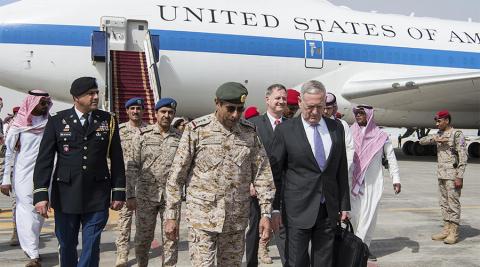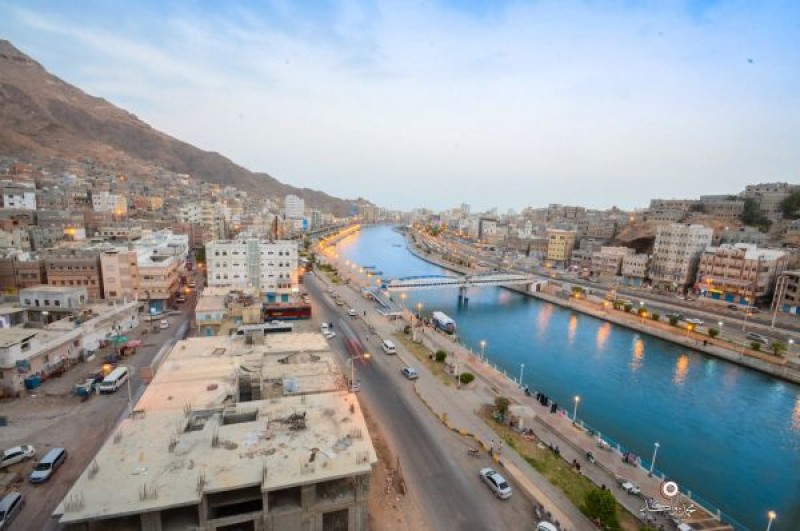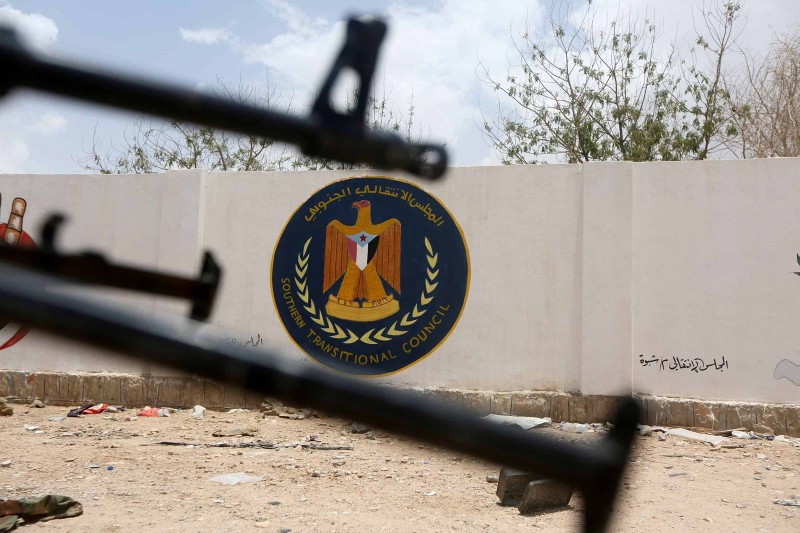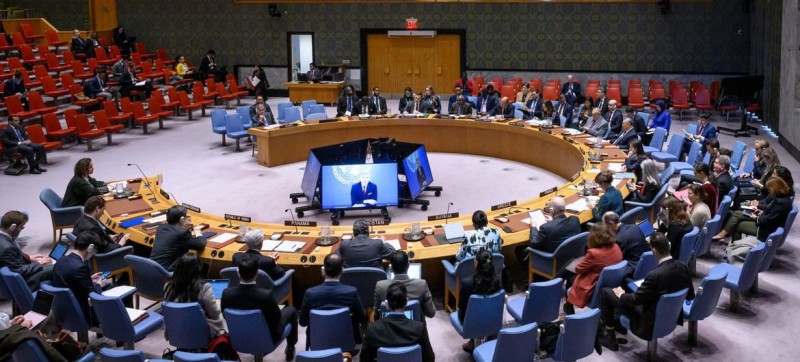The crisis in unstable Yemen could worsen if Isis joins with al-Qaeda, FT


Yemen, torn by civil war and with a devastating famine looming on the horizon, is the ideal haven for militants Isis fleeing Iraq and Syria. The war between the Houthi rebels in northern Yemen, who seized power in early 2015, and the government of President Abed Rabbo Mansour Hadi and increasingly sectarian dimension. The conflict began as a local battle for land and power and resources. But the participation of Saudi Arabia along with President Hadi, and Iran is providing limited support for the Houthi rebels (mostly adhere to the Zaydi branch of Shiite) is fueling the hate-filled favored by armed jihad stories.
Add to this poisonous climate the rugged topography of Yemen, the security vacuum left by an absentee government residing in Riyadh, the weakening of tribal social glue as internally displaced people move east, rampant smuggling networks and a vast and porous coastline. The result is a pocket of instability to which Isis fighters can flee.
Although some Isis forces already operate within Yemen, it is not the dominant jihadi group in the country. Al-Qaeda in the Arabian Peninsula (AQAP) has the upper hand in terms of numbers, influence and appeal.
AQAP’s gradualist approach has laid the groundwork for the absorption of militant jihadist ideology. Unlike Isis, AQAP has not tried to impose an immediate caliphate. Instead, it has built influence across southern Yemen by posing as a local protector rather than jihadist overlord.
Soon after the Saudi-led coalition began air strikes on Yemen in March 2015, AQAP seized vast amounts of territory. Operating out of the port of Mukalla, it amassed financial resources and forged alliances with tribal militias. It implemented development projects to shore up local support (including solving practical problems like fixing water and electricity supplies) and adapted global jihadist narratives to reflect local concerns. My research found that 56 per cent of tweets from AQAP’s governance feed were about community development projects and just 3 per cent were about the harsh punishments of sharia.
Last April, special forces from the UAE, supported by the US, forced AQAP out of Mukalla but it has not been defeated. The kind of political and cultural capital it built up does not melt away, nor can the ideas that underpin it be bombed into oblivion.
On the contrary, the conflict in Yemen is boosting the appeal of militant Islamist extremism at precisely the time when Isis fighters in Syria and Iraq may be casting around for a new home. While the number of Yemeni fighters returning from Isis heartlands is unlikely to be high — they have their own battle so there was no need to travel — the worry is that those who return will bring comrades with them.
This dangerous confluence of circumstances could give rise to several scenarios.
First, Isis may start to rebuild in Yemen with the help of its local branches and the tribal contacts of returning Yemeni fighters. Given AQAP’s head start and the strong roots it has put down, it would be hard for Isis to eclipse it.
Second, an influx of Isis fighters into Yemen could provoke more direct confrontation between Isis and AQAP, exacerbating Yemen’s instability. Such rivalry exists already. AQAP is critical of Isis’s premature announcement of a caliphate, heavy-handed governance and disregard for civilian casualties. Likewise, Isis is disparaging of AQAP’s flimsy implementation of sharia. In November 2015, three separate Isis provinces in Syria and Iraq produced videos focused solely on condemning AQAP’s weak governance.
Third, Isis fighters may start to integrate with AQAP, swelling its numbers. After all, both groups share the pressing goal of waging war against Yemen’s perceived Shiites.
There are already signs of possible integration, with Isis and AQAP fighting on the same front against the Houthis in al-Bayda governorate. Moreover, if AQAP’s leading ideologues, who take a more gradualist approach than Isis, continue to be picked off by UAE-supported ground troops, special forces and US drone strikes, its rank and file could be driven to adopt Isis’s more radical brand of jihad.
As Yemen’s jihadis come under escalating military pressure, they may bury their differences and join ranks. Isis could start to blend into AQAP in Yemen. The longer the conflict drags on, the more fertile the breeding ground for jihad.
By Elisabeth Kendall : The writer is senior research fellow in Arabic and Islamic Studies at Pembroke College, University of Oxford

Aden – Yemen is witnessing heightened political activity aimed at defusing tensions in the eastern provinces, where competing forces have vie…

Aden – Anwar Al-Tamimi, spokesman for the Southern Transitional Council (STC), stated that the council’s recent deployments toward Hadr…

NEW YORK — The United Nations Security Council will convene its annual session on Wednesday, December 17, to hear briefings from the chairs o…